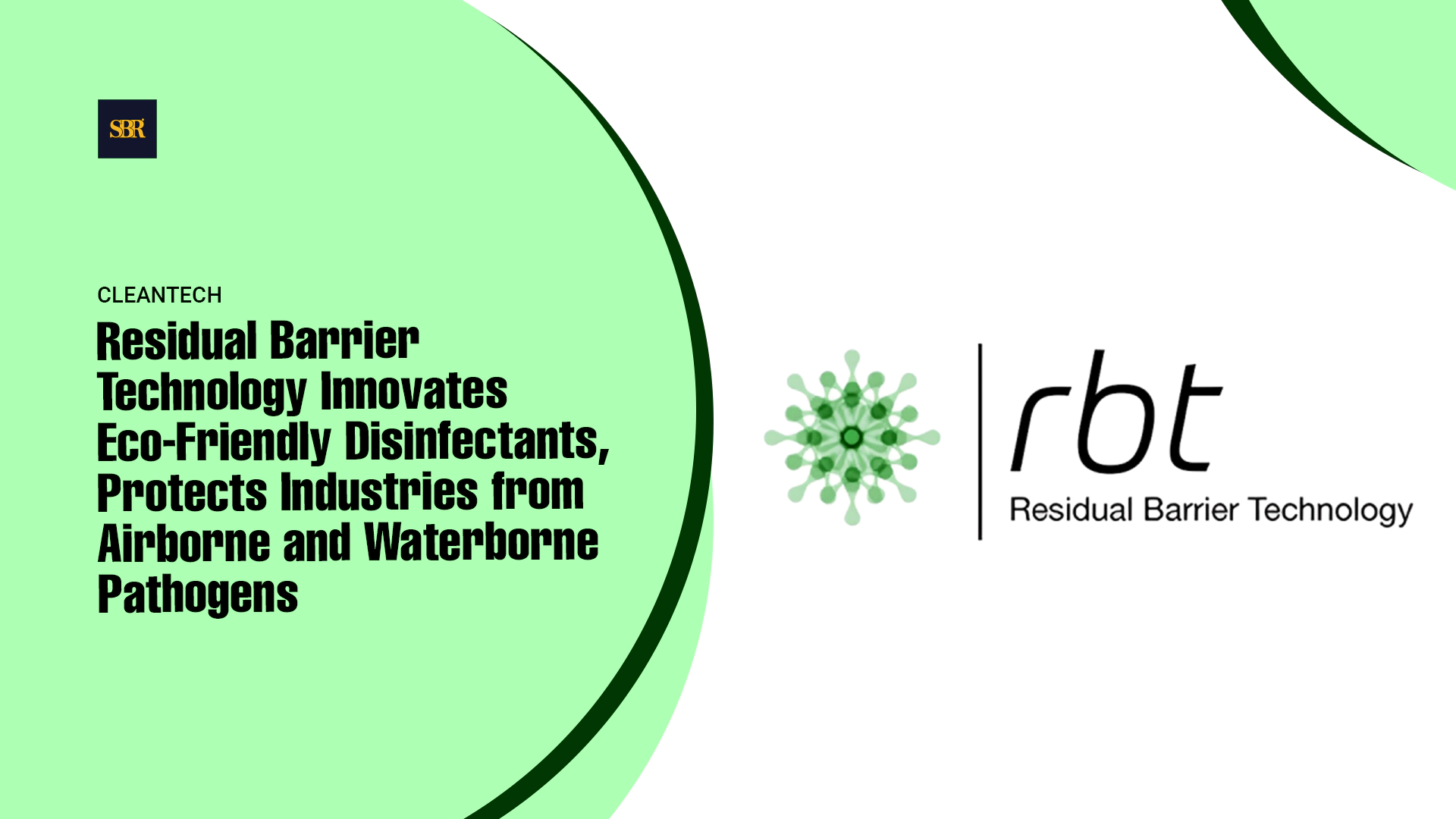ANALYSIS, May 12, 2025 — There was a time when buying software meant control. You would purchase a license, install it on your machines, and know that the tool was yours to run. It gave managers peace of mind. The IT team had a job to do. There were backup drives in the server room and printed manuals on the shelf. But all of that security came with a long list of hidden costs.
Maintaining software, ensuring compatibility, and scaling it for growing teams or needs became increasingly complex. For businesses without large IT departments, the burden of ownership soon became a hindrance. What was once a tool for efficiency started to feel like a weight, holding back progress rather than driving it forward.
SaaS changed that. By offering access to software through the browser—on a subscription—businesses stopped needing to maintain the tools themselves. The responsibility shifted to the vendor. Updates became automatic. Features improved without fuss. What used to take weeks now happens in a few clicks.
Today, few serious businesses are asking if they should use SaaS. They're asking how much of their stack can run on it. And how soon.
No One Has Time for Manual Workarounds
Modern businesses are dealing with more complexity, not less. Remote teams, compliance rules, volatile markets—there’s enough to worry about without patching together outdated tools. When software is slow or disconnected, it shows up in dropped handoffs, misaligned departments, and decisions made with incomplete information.
This is where SaaS proves essential. It allows companies to work from anywhere and maintain consistency. A sales team in Singapore sees the same dashboard as the finance team in Chicago. A marketing update reflects instantly in a shared workspace. And when someone leaves the company, there’s no scavenger hunt for local files or admin passwords—they're removed with a few clicks.
These things sound simple, but they aren’t possible with the old model. SaaS reduces friction where it’s least visible but most damaging — in the daily flow of work.
It’s not about chasing the latest trend. It’s about keeping the gears turning without extra effort.
Growth Doesn’t Wait for Procurement
The old way of scaling software was a logistical slog. You’d forecast your growth, place an order, wait for approvals, install software on new machines, and pray it worked the same way for everyone. It was slow, clumsy, and expensive.
SaaS throws that model out. Need to onboard ten new people by Friday? Add them to the account. Need analytics or automation features you didn’t need six months ago? Upgrade your tier. Need to cut costs? Drop back to the essentials.
This flexibility is what makes SaaS a necessity, not just an option. It lets companies match their software usage to their actual needs—not their best guesses. And that changes how leadership thinks about investment. You’re not gambling on future requirements. You’re reacting to real-time conditions.
Even larger enterprises, long used to multi-year IT planning cycles, are shifting their expectations. The speed of business demands it.
You Can’t Build a Company on Isolation
Software used to be something each department managed on its own. HR had its tools. Marketing had theirs. So did finance. The result? Islands of data, out-of-sync systems, and an endless loop of exported spreadsheets.
SaaS didn’t just make software easier to access—it made it easier to connect. Tools are now designed to work together. APIs let one system speak to another. Dashboards pull data from multiple sources. Integrations automate repetitive tasks without needing custom scripts or extra hires.
That kind of cohesion matters. It brings different parts of the business into alignment. It cuts out noise. And it makes collaboration less of a performance and more of a default.
Companies that still rely on disjointed systems spend more time reconciling information than acting on it. SaaS removes that drag. And in doing so, it gives people back the hours they need to actually do the work they were hired to do.
The Cost of Waiting Is Hard to Justify
There’s a false sense of thrift that comes with clinging to old software. “We already paid for it,” some leaders argue. Or, “It still works fine.” But hidden under that logic is the reality of time lost, mistakes made, and opportunities missed.
Every minute spent managing outdated tools is time taken away from serving customers, improving products, or planning for what’s next. Every system that won’t integrate is a red flag to future investors or partners. Every manual task that could’ve been automated is a tax on your staff’s energy.
SaaS may come with a monthly fee. But so does doing nothing—except it’s paid in inefficiency.
None of this means companies should switch tools every year. Not all SaaS is created equal. There’s plenty of noise in the market, and not every vendor delivers what they promise. But that doesn’t change the core truth — the model works. It supports modern business demands in a way traditional software never could.
Choosing the right SaaS stack is now part of running a company responsibly. Ignoring that isn’t cautious. It’s reckless.
SaaS doesn’t fix everything. But it does enough, well enough, to be indispensable. It gives companies room to adapt without overhauling. It removes overhead no one misses. And it lets people work without worrying whether the tools they need will work when they log in.
In short, SaaS has become the operating layer for the modern workplace. It’s not an upgrade. It’s the baseline.
Companies that still rely on disjointed systems spend more time reconciling information than acting on it. SaaS removes that drag. And in doing so, it gives people back the hours they need to actually do the work they were hired to do.















